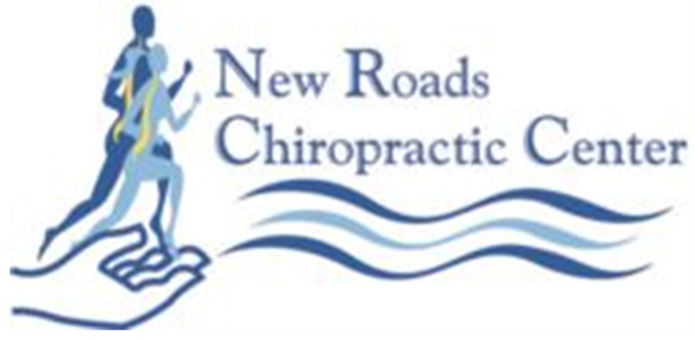Dry needling is an increasingly popular treatment method used by physical therapists and healthcare providers to relieve muscle pain, reduce muscle tension, and improve mobility. Though it might sound intimidating, dry needling is a highly effective, minimally invasive technique that has shown to deliver significant benefits for those dealing with chronic pain and muscle stiffness.
What is Dry Needling?
Dry needling involves the insertion of very fine, thin needles into specific points in the muscle called “trigger points” or “muscle knots.” These trigger points are areas of muscle tissue that have become tight, inflamed, and often painful. The needle is inserted directly into these spots to stimulate the muscle, which helps to release the tension and promote healing.
Unlike acupuncture, which is based on traditional Chinese medicine and focuses on balancing energy flow throughout the body, dry needling targets specific physical conditions and aims to treat the underlying musculoskeletal pain directly.
How Does Dry Needling Work?
The process of dry needling begins with a thorough assessment by a trained therapist, who will determine the areas of your body that are experiencing the most pain or tension. Once the therapist identifies the target muscles, they insert a thin needle into the trigger point. This process causes a minor muscle twitch, which may be followed by an immediate reduction in muscle tightness and pain.
The needle doesn’t inject anything (hence the term “dry”), but the insertion stimulates the muscle fibers, causing them to release built-up tension and improve circulation. This helps the body to naturally heal the area by promoting oxygen and nutrients to the tissue.
Benefits of Dry Needling
-
Pain Relief: Dry needling has been shown to provide effective relief for chronic pain conditions like myofascial pain syndrome, fibromyalgia, and muscle strains. By targeting the muscle knots directly, it alleviates discomfort and improves the range of motion.
-
Improved Muscle Function: Trigger points can restrict normal muscle function. Dry needling helps to break up these tight spots, improving muscle flexibility and performance.
-
Enhanced Blood Flow: The needle stimulates increased blood circulation in the treated area, helping to bring fresh oxygen and nutrients to the muscle tissue. This promotes healing and reduces muscle soreness.
-
Reduced Muscle Tension and Stiffness: Dry needling can help relieve muscle stiffness, which is often a result of overuse, poor posture, or injury. By releasing tension in the muscles, patients experience greater movement and comfort.
-
Non-invasive: Unlike surgeries or injections, dry needling is a non-invasive treatment that requires no recovery time. It’s a relatively quick procedure that can be done in a clinical setting with minimal discomfort.
-
Improves Range of Motion: As muscle tension is reduced and flexibility is improved, dry needling can help restore movement in restricted areas, enhancing overall physical performance.
Conditions Treated by Dry Needling
Dry needling can effectively treat a variety of conditions, including:
-
Myofascial Pain Syndrome: Chronic pain caused by muscle knots or trigger points.
-
Neck and Back Pain: Common issues caused by muscle strain, poor posture, or tension.
-
Headaches and Migraines: Often linked to tension in the neck and upper back.
-
Sports Injuries: Including muscle strains, ligament sprains, and tendonitis.
-
Fibromyalgia: A condition that causes widespread muscle pain and tenderness.
-
Shin Splints: Pain in the lower leg caused by overuse.
-
TMJ Disorders: Tension in the jaw muscles that causes discomfort and pain.
What to Expect During a Dry Needling Session
A typical dry needling session lasts between 20 to 30 minutes, depending on the area being treated and the extent of the muscle tension. During the procedure, you may feel a slight prick when the needle is inserted, followed by a muscle twitch or a sensation of pressure or soreness. This is normal and usually subsides after a few moments.
After the session, you might experience some mild soreness or aching in the treated muscles, similar to the feeling you get after a good workout. This typically fades within a day or two, and many patients report feeling immediate relief after the procedure.
Is Dry Needling Safe?
Dry needling is generally considered safe when performed by a trained and certified professional. As with any medical procedure, there are some risks involved, such as mild bruising, soreness, or temporary muscle stiffness. However, serious side effects are rare.
It is important to consult with your healthcare provider before undergoing dry needling to ensure it is appropriate for your specific condition and health history.
Conclusion
Dry needling is an innovative and effective treatment option for individuals struggling with chronic pain, muscle tension, and mobility issues. Whether you suffer from muscle strains, sports injuries, or ongoing discomfort, dry needling can help relieve pain, reduce tension, and restore normal muscle function.
If you’re interested in learning more about how dry needling can benefit you, speak to a trained physical therapist or healthcare professional who can evaluate your condition and guide you toward the right treatment plan.
